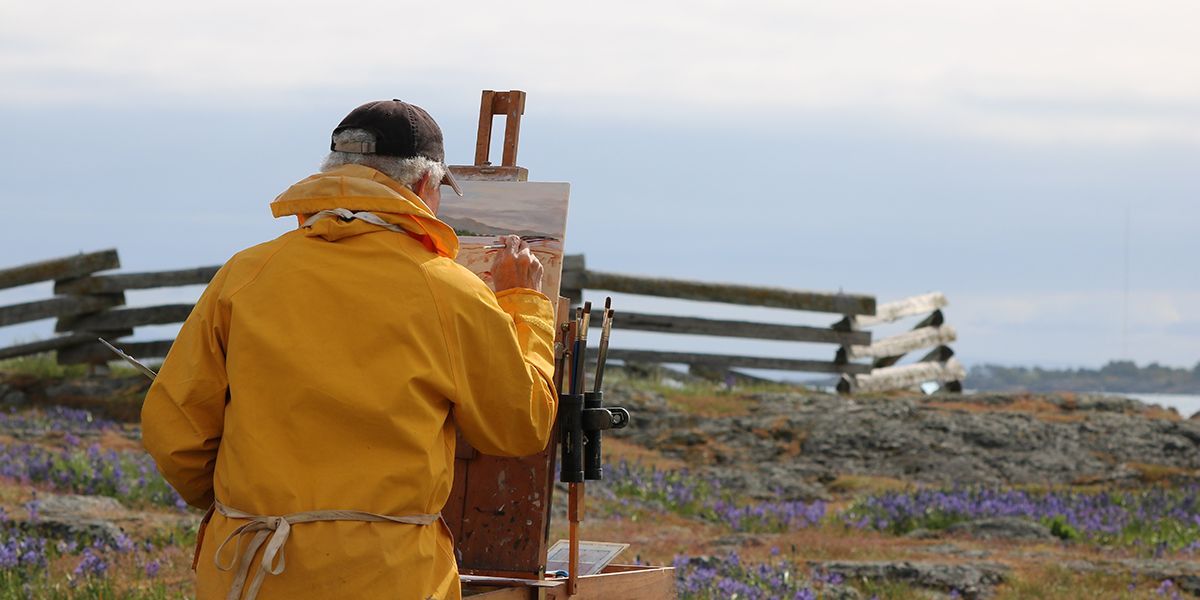
The Influence of American Landscape Painters on the Conservation Movement
In the early 19th century, western territories like Colorado and California were out of reach of the average American. Expeditions brought a glimpse of the west to the city-dwelling populace. The artists on these expeditions painted magnificent depictions of the west’s natural wonders.
These images helped kickstart the conservation movement, putting pressure on the government to preserve these landmarks. The movement’s activities led to the formation of the National Parks Service. You can read more on the history of these breathtaking landscape paintings at Fine Art Publishing.
In this article, you’ll learn more about the conservation movement and the landscape painters that were inadvertently behind it.
The American Conservation Movement
The conservation movement’s mission was to conserve and protect America’s natural heritage. The movement pursued this goal through pamphlets, manuscripts, photographs, prints, books, and motion pictures from the Library of Congress.
Before the movement’s early days, American artists only painted works that depicted famous people or historical events. Landscape painting slowly became mainstream with the expeditions to less well-know parts of the country. As the artists on these expeditions created magnificent landscape paintings, literary giants like Ralph Waldo Emerson, Henry David Thoreau, and Nathaniel Hawthorne used written words to describe nature.
The visual and literary onslaught helped the movement gain traction quickly, accelearting conservation efforts as more people realized the beauty of the land around them.
The Landscape Painters of the Conservation Movement
Some of the landscape painters that influenced the conservation movement include:
Thomas Moran
Artist Thomas Moran produced paintings from sketches completed on expeditions. He participated in the 1871 Hayden survey of the Western Territories that took him to Yellowstone. In 1873, he explored the Colorado River Basin and documented the Grand Canyon.
The U.S. Congress bought his two large landscape paintings of the Grand Canyon and the Chasm of Colorado.
The detail in these paintings left a significant impression on the viewing public and continues to do so today.
Following Moran’s depiction of the Hayden expedition, Yellowstone became the first Nation Park on March 1, 1872.
Albert Bierstadt
Albert Bierstadt’s paintings brought the Yosemite, Rocky Mountains, and other parts of the west to Americans on the East Coast. His detailed composite images feature idealized representations of the original Native American population in the west at the time.
Grafton Tyler Brown
Grafton Tyler Brown was one of the few commercially acclaimed black artists of the 19th Century in America. Also active from the 1870s, he emphasized topographic fidelity.
Other painters introduced a new audience to the beautiful landmarks. His works helped keep the memory entrenched in the minds of those who had seen the landmarks already. Therefore, wealthy tourists were his biggest clients.
We owe these artists and other literary giants for today’s conservation practices and conservation ethics.
Without the conservation movement, we might not have as many outdoor recreation spots around the country. Are you interested in historical paintings and their impact on American life? Check out our blog to learn why historical paintings are important.
You can also contact us at 520-274-4992 for further discussions or questions.